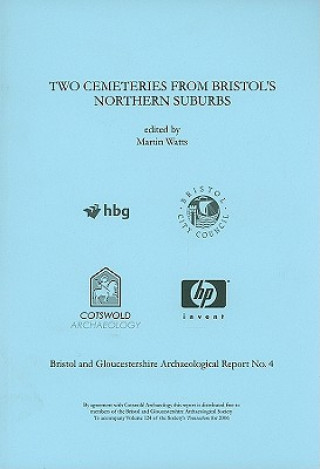
Kod: 04764901
Two Cemeteries from Bristol's Northern Suburbs
Autor Martin Watts
Two reports are published in this volume: excavations in 2004 at Henbury School, Bristol (by Derek Evans, Neil Holbrook and E.R. McSloy) and excavations in 2005 at Hewlett Packard, Filton, South Gloucestershire (by Kate Cullen, Ne ... więcej
- Język:
 Angielski
Angielski - Oprawa: Miękka
- Liczba stron: 96
Wydawca: Cotswold Archaeological Trust Ltd, 2006
- Więcej informacji o książce

46 zł
Zwykle: 49.48 zł
Oszczędzasz 3.48 zł
Dostępność:
50 % szansa Otrzymaliśmy informację, że książka może być ponownie dostępna. Na podstawie państwa zamówienia, postaramy się książkę sprowadzić w terminie do 6 tygodni. Gwarancja pełnego zwrotu pieniędzy, jeśli książka nie zostanie zabezpieczona.
Otrzymaliśmy informację, że książka może być ponownie dostępna. Na podstawie państwa zamówienia, postaramy się książkę sprowadzić w terminie do 6 tygodni. Gwarancja pełnego zwrotu pieniędzy, jeśli książka nie zostanie zabezpieczona.Przeszukamy cały świat
Zobacz książki o podobnej tematyce
-
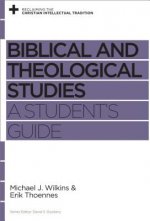
Biblical and Theological Studies
64.19 zł -10 %
Podaruj tę książkę jeszcze dziś
- Zamów książkę i wybierz "Wyślij jako prezent".
- Natychmiast wyślemy Ci bon podarunkowy, który możesz przekazać adresatowi prezentu.
- Książka zostanie wysłana do adresata, a Ty o nic nie musisz się martwić.
Powiadomienie o dostępności
Wpisz swój adres e-mail, aby otrzymać od nas powiadomienie,
gdy książka będzie dostępna. Proste, prawda?
Więcej informacji o Two Cemeteries from Bristol's Northern Suburbs
Za ten zakup dostaniesz 27 punkty
 Opis
Opis
Two reports are published in this volume: excavations in 2004 at Henbury School, Bristol (by Derek Evans, Neil Holbrook and E.R. McSloy) and excavations in 2005 at Hewlett Packard, Filton, South Gloucestershire (by Kate Cullen, Neil Holbrook, Martin Watts, Anwen Caffell and Malin Holst). Excavations in 2004 at Henbury School, Bristol, revealed the truncated remains of 21 inhumation burials, making a total of 28 burials recorded at the site since 1982. Of these, 24 burials formed a dispersed cemetery of crouched inhumations, the vast majority of which were aligned north/south and lay on their left sides, with equal numbers of males and females (where sex could be determined) and only one child. Poor bone survival rendered radiocarbon dating invalid, and the cemetery is dated by only one grave good: a finger ring from the mid to late Iron Age.However, the cemetery clearly pre-dated a later rectangular enclosure of very late Iron Age (early 1st-century AD) date. Crouched inhumations from the later Iron Age are known from the region but usually from pits or scattered, so the presence of this cemetery at Henbury is significant. Inhumation cemeteries of this date are rare in Western Britain, although they may have been quite widespread. Despite the dearth of surviving features within the subsequent enclosure, the scale of the ditches suggests it was a farmstead, and environmental evidence hints at both livestock rearing and cereal cultivation. Subsequent Roman activity was clearly intensive, and included a further four burials; although difficult to interpret, it adds to a substantial amount of evidence for Roman activity to the north-west of Bristol.Excavations in 2005 at Hewlett Packard, Filton, revealed the truncated remains of 51 inhumation burials within an isolated post-Roman cemetery. All of the burials were extended and east-west aligned, and were arranged in rows and groups. The tradition of east/west-aligned graves is a common late Roman and post-Roman practice, and these were not necessarily Christian. The largest group comprised 24 burials clustered around a central grave that contained an unusual skeleton and evidence for a distinctive burial rite. Overall there were slightly more females than males (where sex could be determined) and ten children. Adult stature could only be calculated in a few cases; males were generally taller that the early medieval average, females shorter. No grave goods were recovered, but four radiocarbon dates obtained from human bone suggest a period of use sometime between the 5th and 7th centuries AD. There was no evidence for contemporary settlement within the immediate vicinity.Other post-Roman cemeteries that are culturally distinct from Anglo-Saxon influenced burials are known from the region. The absence of Anglo-Saxon cemeteries in South Gloucestershire suggests this area remained under British control in the 5th and 6th centuries. The abandonment of this cemetery may have been the result of changes in the religious landscape once the area finally came under Saxon control in the late 7th century.
 Szczegóły książki
Szczegóły książki
Kategoria Książki po angielsku Humanities Archaeology Environmental archaeology
46 zł
- Pełny tytuł: Two Cemeteries from Bristol's Northern Suburbs
- Autor: Martin Watts
- Język:
 Angielski
Angielski - Oprawa: Miękka
- Liczba stron: 96
- EAN: 9780955353406
- ISBN: 0955353408
- ID: 04764901
- Wydawca: Cotswold Archaeological Trust Ltd
- Waga: 272 g
- Wymiary: 244 × 170 × 8 mm
- Data wydania: 12. December 2006
Ulubione w innej kategorii
-

Zooarchaeology
370.80 zł -
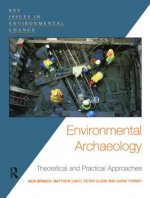
Environmental Archaeology
284.90 zł -

Water Civilization
563.08 zł -
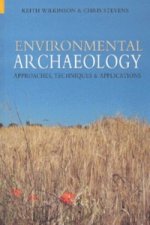
Environmental Archaeology
128.38 zł -14 % -
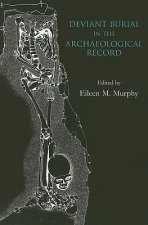
Deviant Burial in the Archaeological Record
201.32 zł -7 % -
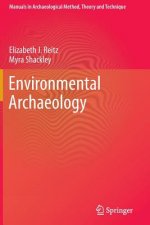
Environmental Archaeology
512.55 zł -
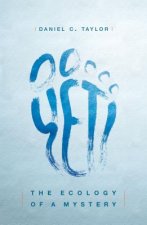
Yeti
243.91 zł -
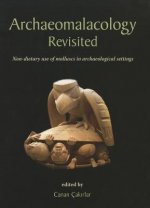
Archaeomalacology Revisited
179.21 zł -7 % -

Environmental Archaeology and the Social Order
776.36 zł -
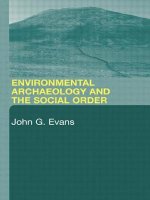
Environmental Archaeology and the Social Order
284 zł -

Reinventing Sustainability
167.76 zł -7 % -

Guidelines for Protected Areas Legislation
103.26 zł -7 % -
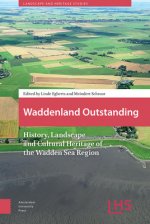
Waddenland Outstanding
631.09 zł -10 % -

Woodland in the Neolithic of Northern Europe
432.08 zł -14 % -
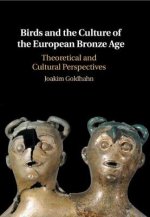
Birds in the Bronze Age
488.94 zł -15 % -

Once Upon a Hill
100.48 zł -
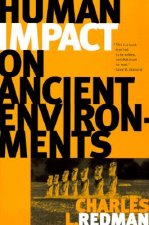
Human Impact on Ancient Environments
180.12 zł -
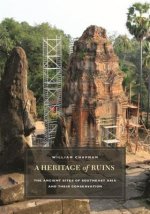
Heritage of Ruins
332.42 zł -

Environmental Archaeology: Principles and Methods
97.94 zł -14 % -

Relief in Tijd en Ruimte
592.01 zł -
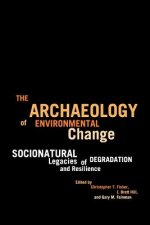
Archaeology of Environmental Change
198.77 zł -
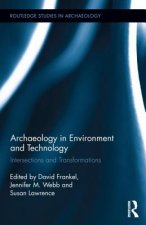
Archaeology in Environment and Technology
866.28 zł -

Wetlands of South West Lancashire
112.61 zł -7 % -
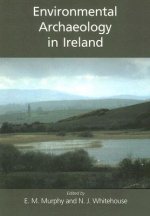
Environmental Archaeology in Ireland
223.62 zł -6 % -

Environmental Archaeology
430.27 zł -
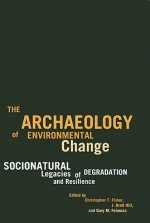
ARCHAEOLOGY OF ENVIRONMENTAL CHANGE
362.56 zł -
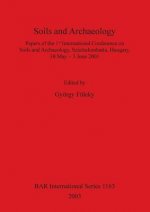
Soils and Archaeology
229.75 zł -
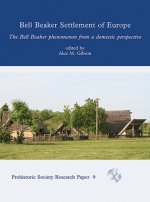
Bell Beaker Settlement of Europe
250.64 zł -

Of Plants and Snails
235.77 zł -4 % -
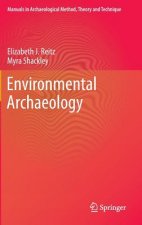
Environmental Archaeology
563.08 zł -
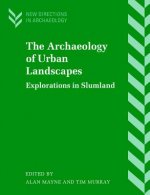
Archaeology of Urban Landscapes
278.57 zł -
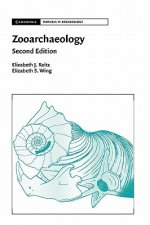
Zooarchaeology
700.71 zł -
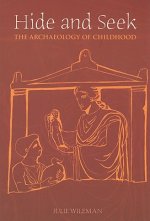
Hide and Seek
103.06 zł -14 % -
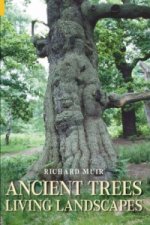
Ancient Trees, Living Landscapes
128.38 zł -14 % -
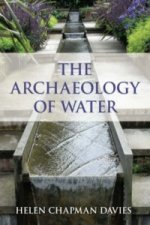
Archaeology of Water
92.82 zł -15 % -
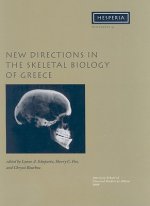
New Directions in the Skeletal Biology of Greece
430.07 zł -

Environmental Archaeology
679.72 zł -

Surviving Sudden Environmental Change
91.41 zł -
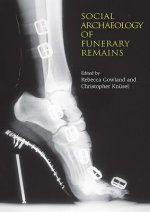
Social Archaeology of Funerary Remains
314.33 zł -
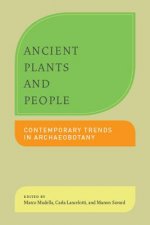
Ancient Plants and People
250.95 zł -

Exmouth to Plymouth Britain's Heritage Coast
68 zł -23 % -
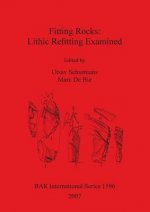
Fitting Rocks: Lithic Refitting Examined
248.43 zł -
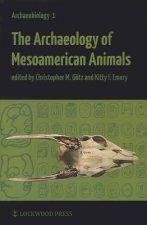
Archaeology of Mesoamerican Animals
413.99 zł
zadowolonych klientów
Od roku 2008 obsłużyliśmy wielu miłośników książek, ale dla nas każdy był tym wyjątkowym.
Copyright! ©2008-24 libristo.pl Wszelkie prawa zastrzeżonePrywatnieCookies


 21 milionów książek
21 milionów książek Dostawa 10.99 zł
Dostawa 10.99 zł (32) 444 93 66 (8-15.30h)
(32) 444 93 66 (8-15.30h)